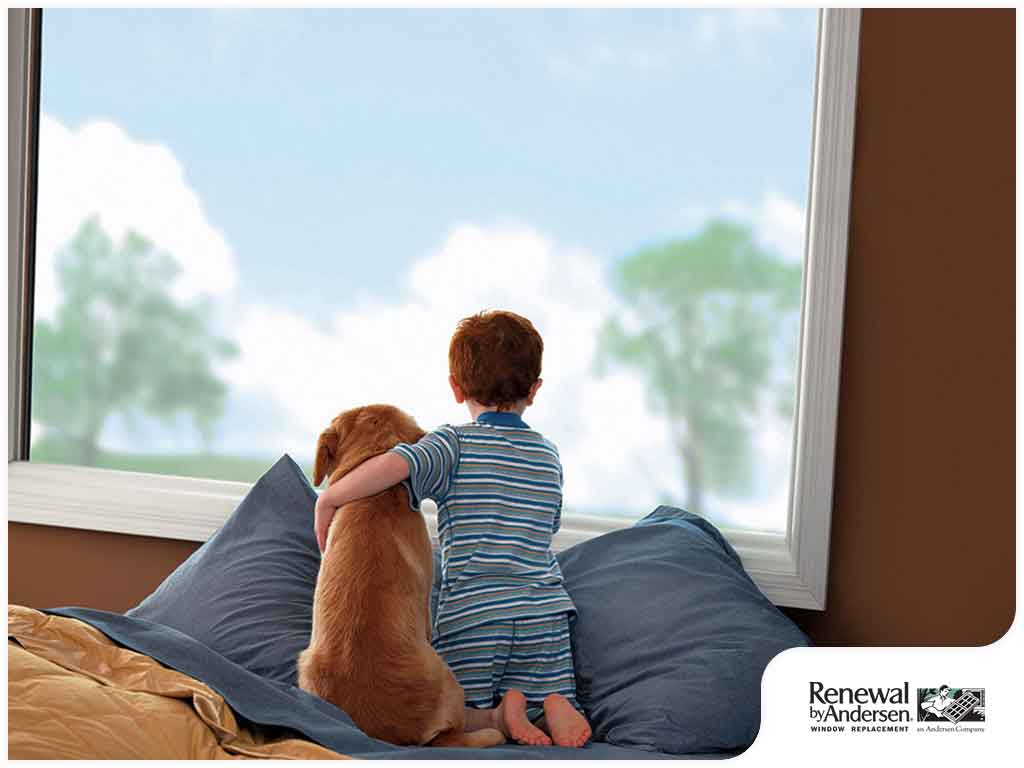

All windows may look the same functionally. However, there are differences that makes them tailored to the local climate: an important feature if you expect your new windows to help you save on energy costs. Replacement windows company Renewal by Andersen® of Atlanta shares the features that make windows appropriate to local climates.
Before we continue, let us first discuss the National Fenestration Rating Council’s Energy Performance Labels. These are the labels affixed to new windows, and they indicate their energy performance. Windows are rated in the following areas:
U-Factor — U-Factor measures how well a window prevents heat from escaping. The lower the value, the better the insulation. Some labels may indicate R-Value instead of U-Factor. While both measure insulation, R-Value rates resistance. Therefore, a window with a low U-Factor will have a correspondingly high R-Value.
Solar Heat Gain Coefficient (SHGC) — SHGC measures how well a product resists unwanted heat gain from direct sunlight. The lower the value, the less heat gain there will be.
Visible Transmittance (VT) — VT measures the amount of visible light passes through the windows. The higher the value, the more suitable the window will be for natural lighting.
Air Leakage — Air leakage measures how much air passes through the replacement windows. Low values mean less chance of experiencing drafts.
Windows can be built depending on the local climatic requirements. For example, it is possible to have windows with low SHGC and high VT, which will allow lots of natural light but not solar heat. The following are the features that you should look for in a replacement window, depending on the local climate:
Cold Climates — Home heating is a must for homes in cold climates, particularly during seasons where the temperatures drop below freezing. Look for “insulated” double-pane glass that has low U-Factor. High SHGC values can help harness solar heat for daytime heating.
Warm Climates — Homes in warm climates need windows that block ambient heat, as well as solar heat. Again, insulated glass with low U-Factor is a good option. Low SHGC and air leakage values are ideal, as it helps reduce heat intrusion.
Coastal Climates — Homes in coastal areas could be in warm or cold climates, however the location may be in the path of storms. This means you need durable frame materials, as well as additional protection from exterior shutters.
Wet Climates — Homes in humid climates need frames that are moisture-resistant, as wood frames tend to warp and swell in these climates. Composite frames, like our own Fibrex® material frames, are perfect for this application.
Renewal by Andersen of Atlanta is the windows contractor to turn to for all your window replacement needs. Give us a call at (866) 609-5033 or fill out our contact form. We serve customers in Marietta, GA, and the surrounding areas.